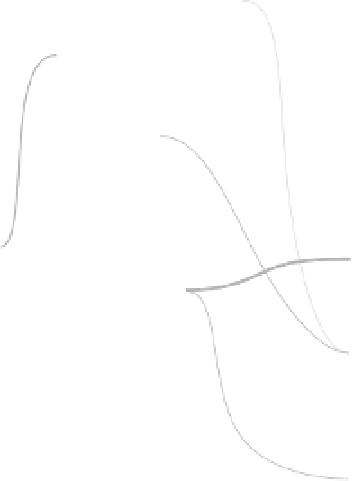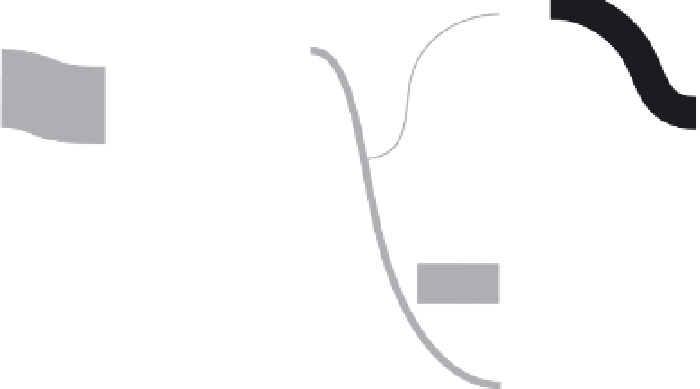Environmental Engineering Reference
In-Depth Information
9.8 Canada's energy flows in 2002: an example of a com-
prehensive national energy flow graph. Simplified from a final
version of a graph issued by Natural Resources Canada in
March 2006.
household electricity and as such it plays a key role in
boosting peak summer demand.
The pre-1973 performance of residential and commer-
cial buildings with respect to energy conservation was
astonishingly poor in North America and better, al-
though far from satisfactory, in Europe. Since then many
improvements have taken place, but further large savings
remain possible (Baird 1984; Rosenfeld and Hafemeister
1988; Schipper and Meyers 1992; Roaf and Hancock
1992; Gonzalo 2006). For private houses standardized
comparisons of energy requirements are usually done per
unit area per heating degree-day (in
C to the base of
18
C). The average in kJ/m
2
per degree-day for U.S.
housing stock in 1990 was about 150; new buildings,
100-120; superinsulated houses, 30-50; and the most
efficient designs, 15-20. In terms of actual consumption,
national means of total residential energy consumption at
the end of the twentieth century prorated to less than 10












































































